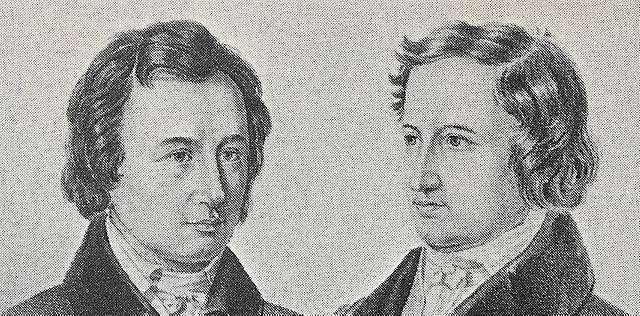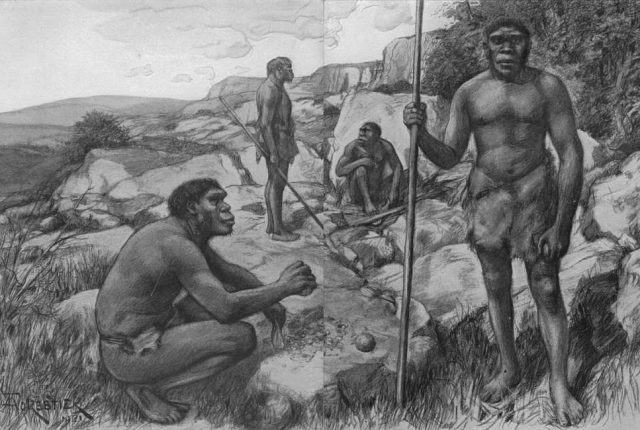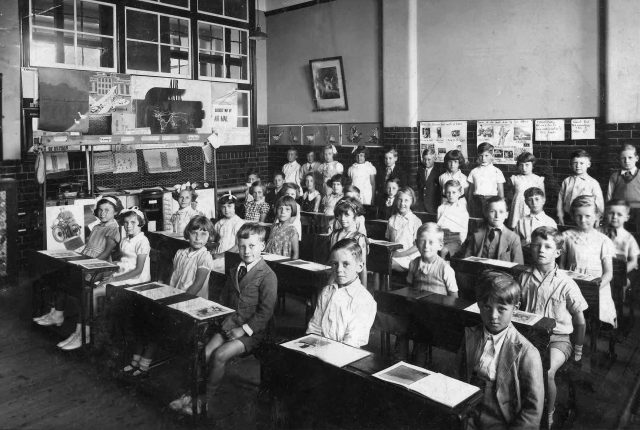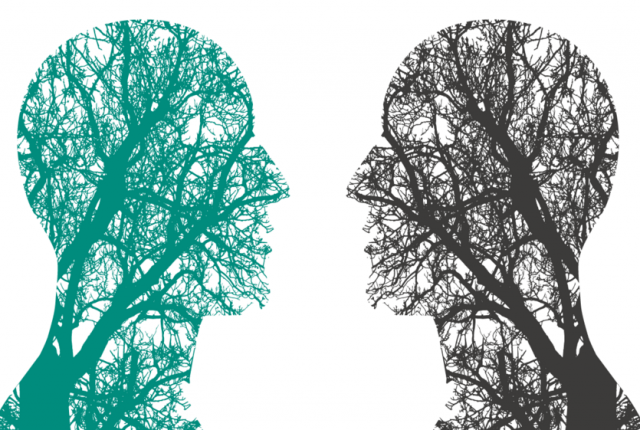
The grammar-translation method: The first official learning method (1880)
During the 17th century, the primary purpose of teaching Latin and Greek was not for spoken communication but rather to educate scholars and create “the illusion of deep knowledge”. It…

The Grimm brothers: Rockstar linguists (1822)
The 19th century investigated language and learning in more detail. This led to the formal development of linguistics, phonetics, and neurolinguistics, as well as the first-ever formal language learning method,…

Beginning of language (1 million years ago)
Language is not a recent development in human history. Not so long ago, researchers claimed that language is about 50,000 to 100,000 years old and possessed exclusively by Homo sapiens….

Audio-Visual Language Teaching: A Comprehensive Overview
Audio-visual language teaching represents a methodological approach that integrates visual and auditory media to enhance language learning. This method exists in both strong and weak versions, with the strong variant…

Learning and Teaching Second Languages
Since the early days of studying how people learn second languages, there’s been a focus on how this knowledge can improve teaching. In 1976, Krashen came up with the monitor…

Autonomy in Language Learning
When we talk about autonomy in learning, we mean how much control learners have over their own learning process. Autonomous learners take charge of setting goals, deciding what to learn,…

Language Aptitude: Why Some Excel in Learning Languages
Why do some individuals excel in learning languages while others struggle? The concept of language aptitude seeks to answer this question by identifying innate abilities specific to language learning. While…

Age and Language Learning
Have you ever wondered why some people seem to pick up new languages effortlessly while others struggle? The answer might lie in age-related factors that influence language acquisition. Let’s dive…



